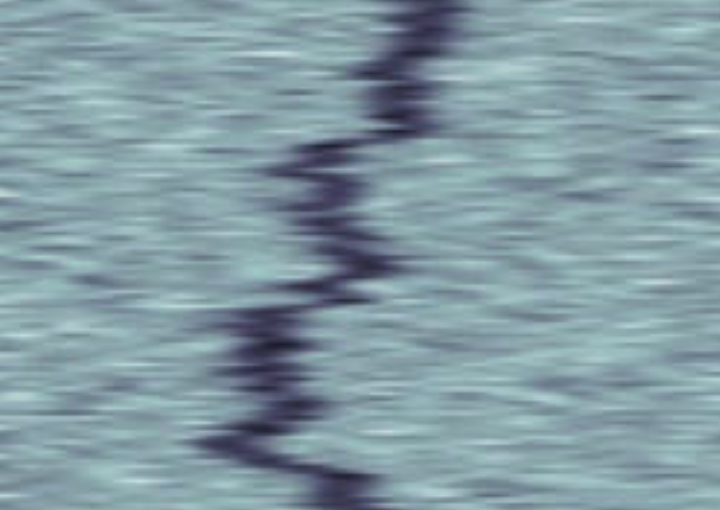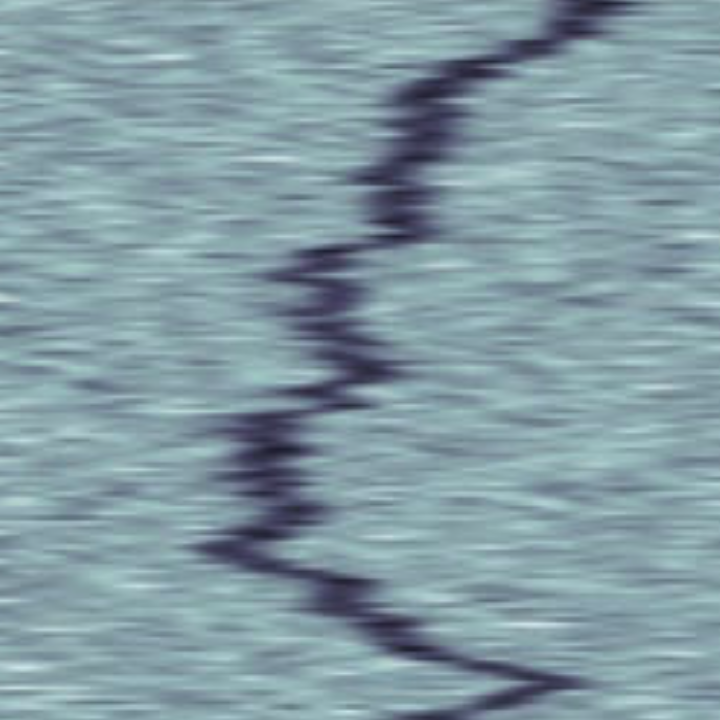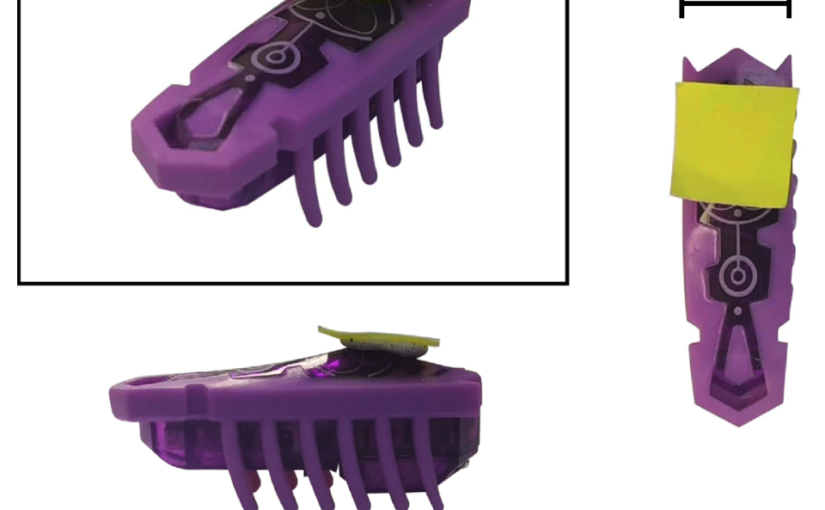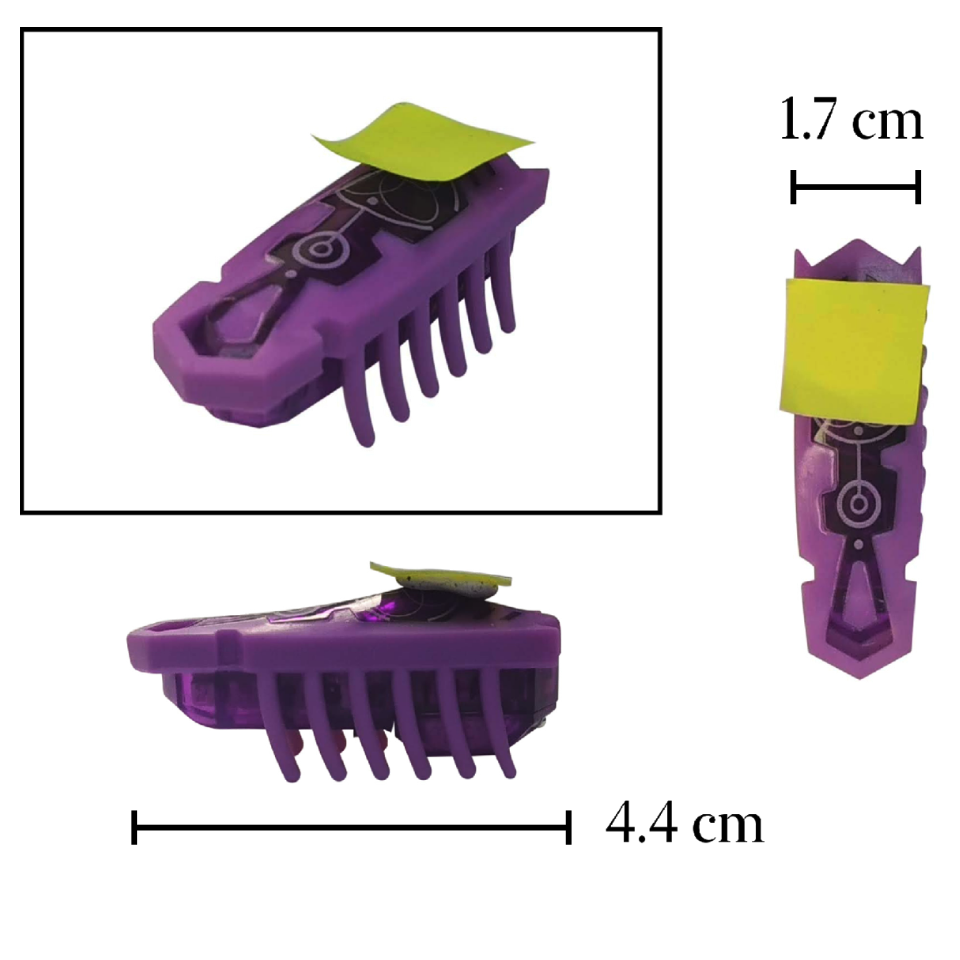
Anoop C. Patil, Benny Jian Rong Sng, Yu-Wei Chang, Joana B. Pereira, Chua Nam-Hai, Rajani Sarojam, Gajendra Pratap Singh, In-Cheol Jang, and Giovanni Volpe
Date: 6 August 2025
Time: 10:30 AM – 11:00 AM
Place: Conv. Ctr. Room 4
Plants experience a wide variety of stresses, from light and temperature fluctuations to bacterial infections. Each stress has a biomolecular fingerprint, but detecting and interpreting these signatures across species can be challenging. This work presents a deep learning-based approach using Variational Autoencoders (VAEs) to uncover how plants respond to light stress, shade avoidance, temperature stress, and bacterial infection — all without requiring any human intervention in spectral processing. By encoding Raman spectral data into an intuitive latent space, this method automatically categorizes and visualizes stress-specific biomolecular shifts, offering a powerful, unsupervised tool for stress phenotyping in crops.
Reference:
Patil, A.C. et al. Deep-Learning Investigation of Vibrational Raman Spectra for Plant-Stress Analysis. arXiv preprint arXiv:2507.15772v1 (2025). URL https://arxiv.org/abs/2507.15772
















